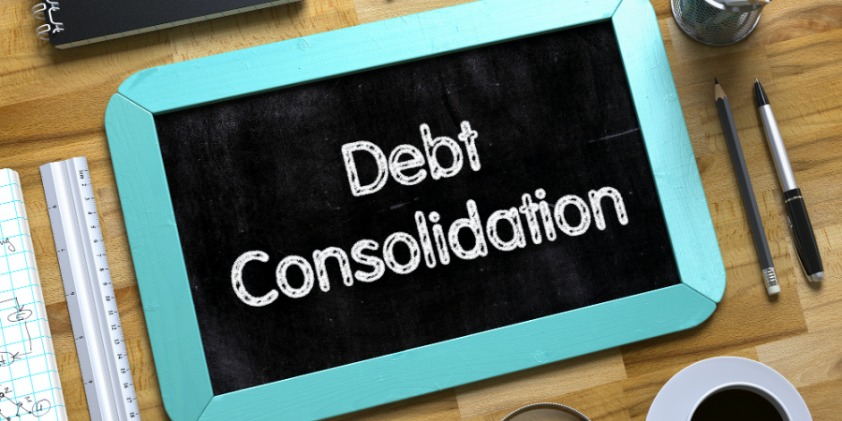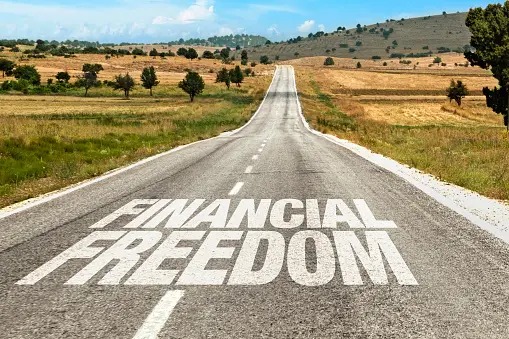Credit card debt is one of the most common financial challenges people face. High interest rates, late fees, and the temptation to make purchases on credit can quickly snowball into a financial nightmare. However, there are several strategies available for relieving credit card debt, and taking action can help reduce financial stress while helping you regain control of your finances.

1. Assess Your Debt Situation
Before you can effectively tackle your credit card debt, you need to understand exactly what you owe. Start by listing all your credit card balances, the interest rates, and the minimum monthly payments. This will give you a clear view of your financial obligations and allow you to prioritize your debts.
Actionable Tip: Use a spreadsheet or debt tracking app to organize your credit card debts. Knowing your total balance and interest rates will help you make better decisions about repayment.
2. Create a Repayment Plan
Once you have a full picture of your debt, it’s time to develop a plan to pay it off. Two popular strategies are the Debt Snowball and Debt Avalanche methods:
-
Debt Snowball: Focus on paying off your smallest debt first while continuing to make minimum payments on others. Once the smallest debt is paid off, use the freed-up money to pay down the next smallest debt. This method helps build momentum.
-
Debt Avalanche: Pay off the debt with the highest interest rate first, as this will save you more money in the long run. Once the highest-interest debt is paid off, move to the next highest, and so on.
Actionable Tip: Choose the method that motivates you. If you need small wins to keep going, the debt snowball approach might be best. If you want to save money on interest, try the debt avalanche method.
3. Consolidate Your Debt
If you have multiple credit card balances with high interest rates, consolidating your debt into a single loan with a lower interest rate could save you money and simplify your monthly payments. There are a few ways to consolidate credit card debt, including using a balance transfer credit card or taking out a personal loan.
Actionable Tip: Look for balance transfer offers with 0% interest for a set period. If you qualify, transferring your high-interest balances can give you time to pay them off without accruing additional interest.
4. Negotiate With Your Credit Card Issuer
If you're struggling to keep up with payments, consider contacting your credit card issuer to negotiate better terms. Many credit card companies are willing to work with you by offering lower interest rates, temporary forbearance, or reduced payments. It’s in their best interest to help you avoid defaulting on your debt.
Actionable Tip: Be proactive and call your credit card issuer to explain your situation. Ask about any hardship programs or temporary payment relief options.
5. Consider a Debt Management Plan (DMP)
If you're finding it difficult to manage multiple credit card debts, a Debt Management Plan (DMP) offered by a certified credit counseling agency can help. A DMP consolidates your debts into one monthly payment, and the agency negotiates lower interest rates and better terms with your creditors.
Actionable Tip: Research nonprofit credit counseling services that offer DMPs. Make sure the agency is accredited by the National Foundation for Credit Counseling (NFCC) or the Financial Counseling Association of America (FCAA).
6. Explore Debt Settlement
For individuals who are facing severe financial hardship, debt settlement may be an option. This involves negotiating with creditors to reduce the total amount of debt owed. However, this strategy may have a significant impact on your credit score and should be used as a last resort.
Actionable Tip: Debt settlement can be complex and may take several months or even years to complete. Consider working with a reputable debt settlement company, but be cautious of potential scams.
7. Avoid Accumulating More Debt
As you work toward reducing your credit card debt, it's essential to avoid adding to it. This means being mindful of your spending habits, using cash or debit cards for purchases, and practicing good budgeting skills.
Actionable Tip: Create a budget that includes both your debt repayment and savings goals. Cut back on discretionary spending and avoid making unnecessary purchases on credit.
8. Stay Committed and Track Your Progress
Getting out of credit card debt takes time, but staying committed to your repayment plan is key to success. Track your progress, celebrate small victories, and keep your long-term financial goals in mind.
Actionable Tip: Set a monthly reminder to review your budget and track your debt repayment progress. Adjust your plan as needed to stay on track.
Conclusion
Credit card debt relief is achievable with the right strategies and persistence. Whether you choose to focus on paying off your debts using the debt snowball or avalanche methods, consolidate your debt, or seek help from a professional, taking action is the first step toward financial freedom. By creating a clear plan, negotiating with creditors, and avoiding further debt, you can reduce your credit card debt and improve your financial situation.




